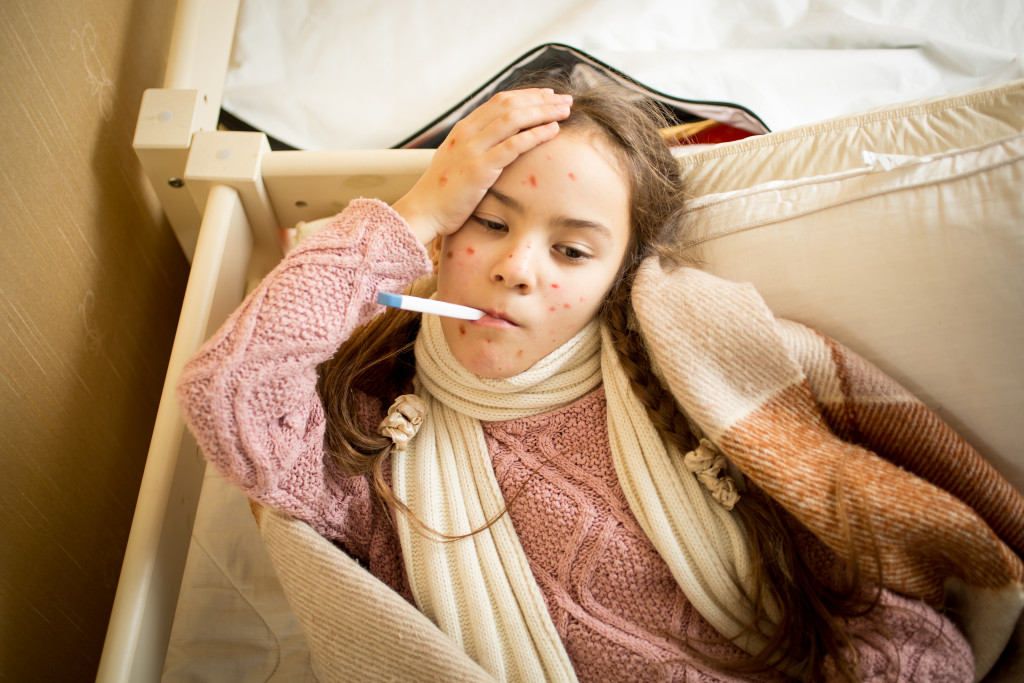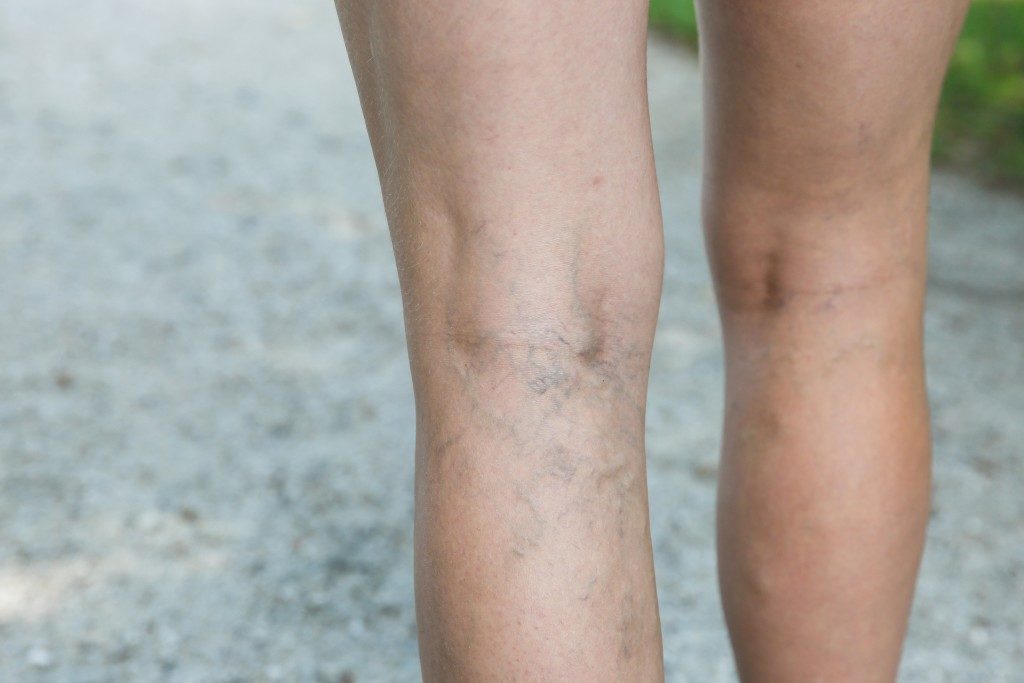- Fever is a temporary increase in body temperature due to an underlying infection or illness.
- Common causes of fever in children include infections, teething, allergic reactions, autoimmune diseases, and medications.
- Parents should monitor their child’s temperature and give them fever-reducing medication as directed by the doctor.
- Keeping the child cool and comfortable and encouraging rest is essential to help them recover.
- If the fever persists or worsens, immediately contact a medical professional.
As a parent, seeing your child suffering from a fever can be distressing, especially when you’re not entirely sure why it happened in the first place. Fever is a common symptom in children and can be caused by various issues, from simple viral infections to more severe underlying conditions. The key to treating a fever is understanding why your child is running a temperature and what you can do to make them feel better. Here’s how a fever develops in children, what can cause it, and how to manage it.
What is a Fever?
The average body temperature for a healthy person is around 98.6°F (37°C). A fever is a temporary increase in body temperature, usually due to an underlying infection or illness. In most cases, a fever is a normal response by the body’s immune system to fight off an infection or other illness. The temperature usually returns to normal once the underlying disease has been treated.
Reasons For Fever Among Children
Various things can cause fever in children. Here are some of them:
Infections
An infection is one of the most common reasons for a fever in children. The immune system may increase the body’s temperature to fight off an infection. Common infections that can cause fever include the flu, ear infections, urinary tract infections, pneumonia, and more. Infections can be a problem at any age, but they may appear and cause more issues in children. Bacterial infections are treated with antibiotics, whereas viral infections are usually treated symptomatically.

Teething
As your child starts growing their teeth, they may experience inflamed gums, which can cause fever, irritability, and sleep disruption. Teething fever is not high enough to be concerning, but it’s a common problem for children aged 4-24 months. To relieve the pain, parents use medications containing Ibuprofen or Acetaminophen in addition to breastfeeding or cuddling to reduce teething fever symptoms.
Allergic Reaction
Fevers can also be a result of an allergic reaction. It can be due to seasonal allergies, food allergies, or insect bites. When a child’s body has an allergy to an irritating substance, it activates the immune system, which can cause the onset of fever, among other symptoms. Antihistamines and allergy medications can help ease allergy-related fevers.
Autoimmune Disorders
Rarely, certain autoimmune diseases like lupus, Kawasaki disease, or juvenile rheumatoid arthritis can cause the fever to persist. These conditions can cause inflammation and raise the temperature of the child’s body. A doctor will evaluate the child for additional symptoms and advise the best medical treatment.
Medications
Certain medications can cause a fever as a side effect. Sometimes the fever is caused by a vaccination, medicines like antibiotics, or ibuprofen for fever reduction. Read the leaflet and understand all the drug side effects before giving them to your child. Also, if your child has any underlying medical conditions, consult the doctor before giving medication.
How to Deal With Fever
Normally, as a parent, you want to deal with fever symptoms. Here are some ways you can do that.

Monitor Your Child’s Fever
The first step in dealing with a fever is regularly monitoring your child’s temperature. You can use a digital thermometer to take their temperature. The average body temperature for children ranges from 97°F to 100.4°F. A temperature of over 100.4°F is usually considered a fever. Note down the temperature readings, and monitor their fever every few hours.
If the temperature reading is high, give your child a fever-reducing medication like ibuprofen or acetaminophen. Ensure you follow the recommended dosage as directed by your pediatrician or the medication guidelines. Also, ensure that your child is drinking plenty of fluids.
Keep Your Child Comfortable
Fevers can make children feel uncomfortable. It is vital to keep them cool and comfortable during this time. Dress your child in loose-fitting clothes made of breathable fabrics. Avoid overdressing or using too many blankets. Also, keep the room temperature cool. A fan can help circulate the air and keep your child cool. Ask your child if thirsty, and offer them plenty of fluids to avoid dehydration.
Encourage Rest
A fever can cause your child to feel tired, sleepy, and lethargic. Encouraging rest is important to give their bodies a chance to fight off the infection. Help your child to rest by creating a comfortable and quiet environment. Simple distractions like watching TV or playing video games can help entertain them while they rest.
Pediatric Massage
Lastly, fever can cause muscle inflammation which can be relieved by a pediatric massage. Experienced massage therapists use gentle pressure on the affected areas to reduce inflammation, improve circulation and alleviate pain. This can help your child feel better and ease their discomfort.
Fever among children is a common problem and can be caused by various issues. Understanding why your child has a fever will help you choose the best treatment course. Monitoring, keeping them comfortable, and encouraging rest are ways to deal with fevers at home. If the fever persists or gets worse, contact your doctor immediately.




